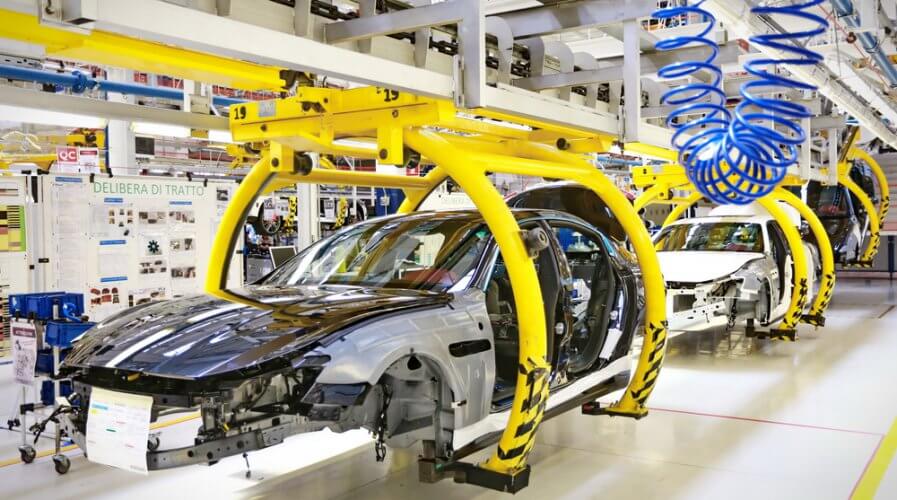
The future of vehicle production is robotic. Source: PwC
What does the future of the automotive industry look like?
AS NEW technologies such as artificial intelligence (AI), robotics, and the internet of things (IoT) come of age, the automotive industry is expected to face severe disruption.
In the near future, given that people don’t want to be bogged down by vehicle ownership or maintenance, experts believe that vehicle production will split between mass-market, largely no-frills “cars on demand” that will be rented journey-by-journey and more customized vehicles for those who still want to drive, or be driven in, their own vehicle.
A high level of automation will be needed to produce both types of vehicles, and every process will be affected — in fact, the pressure on the workforce is expected to be severe.
According to a new report by PwC, the industry workforce will be cut by at least 50 percent by 2030, and employees who remain will need very different skills. Automakers must become data managers and mobility service providers as well as vehicle assemblers.
The think tank studied the technologies available and the shift in the personal mobility market and has made some key predictions for 2030:
# 1 | New workflows, processes, and operations
Standardized, shared vehicles — used simply to get from A to B — will account for at least 30 percent of the market in Europe, concentrated at the lower-price end. In the US and Asia, an even greater proportion is expected.
In fact, PwC expects that the time required between R&D and the point of production will shrink from the current three to five years down to two years, to keep pace with technological changes.
# 2 | Impact of new technologies on the workforce
The size of the workforce on assembly lines and in body and paint shops will be halved because of automation and the new types of vehicles being assembled.
The number of shop-floor logistics roles will be reduced by around 60 percent, partially because humans will be replaced by autonomously guided vehicles.
# 3 | New jobs and the need for new talent
The number of data engineers required will almost double in some types of plants, and increase by 80 percent in others, while the number of software engineers needed will rise by as much as 90 percent.
These new jobs will help the industry make better use of the technologies at their disposal, reducing labor costs, operating expenses, and other overheads — making sure they’re competitive in the digital age.
READ MORE
- Strategies for Democratizing GenAI
- The criticality of endpoint management in cybersecurity and operations
- Ethical AI: The renewed importance of safeguarding data and customer privacy in Generative AI applications
- How Japan balances AI-driven opportunities with cybersecurity needs
- Deploying SASE: Benchmarking your approach




